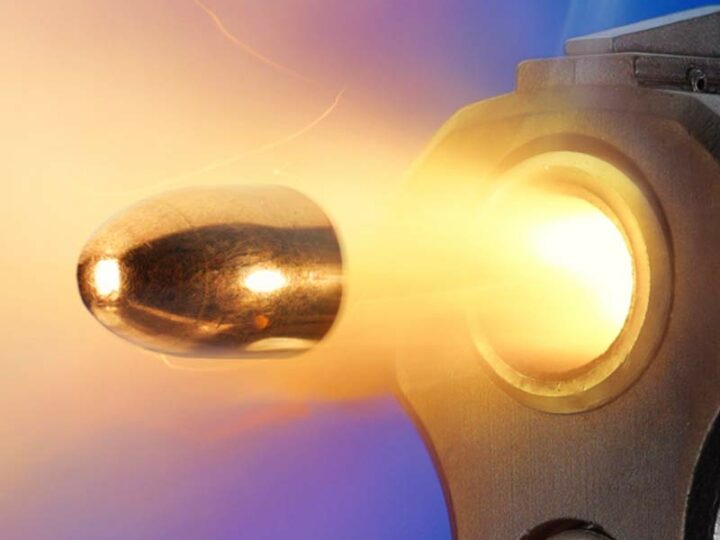I have film specs from another company. You guys are a fair bit more expensive. Can you tell me the difference so I can brief the client?
This article is the result of a question we received from a general contractor representing a VIP client in Washington. It’s a pretty reasonable question: another window film company says their product has the same performance specs as Advanced Coatings Engineering and its window security laminates but ACE is more expensive. What do I tell the client?
This is a great question. One of the problems with comparing window security “films” is that: a) window film is clear – it all looks the same, b) every company has a spec sheet and the numbers on the sheets all appear the same.
Plastic is cheap. Engineering plastic for long term performance that will last the life of your windows is not. This article is about what you need to know and look for.
Plastic is cheap.
Engineering plastic for long term performance that will last the life of your windows is not.
Actual third-party testing versus performance claims
There are a growing number of window film and window security companies that are:
-
- Claiming they have tests which they don’t have
- Claiming they meet standards which they don’t meet
- Proffering falsified test documents (a growing problem according to Underwriter Laboratories)
- Issuing positive test reports for tests which were not conducted according to the test protocol
- Registering their own non-arms length test labs and issuing their own test results
At ACE have seen all of the above practices.
Clients can’t be expected to know all of the details of test parameters and this is why the above deceptive practices can be so successful; clients are relying on honest representations of performance.
All ACE products have been third-party tested at leading independent laboratories using known performance standards, such as those by Underwriter Laboratories (UL), American National Standards Institute (ANSI), General Services Administration (GSA) and others.
We make these test reports available to our clients.
UL Solutions Warns of Counterfeit Test Reports
Our recommendations are:
- Ask for true copies of all test reports.
- Ensure that those test reports are assigned to the company that is presenting them to you (ACE has found numerous companies presenting our test reports as their own).
- Test reports conducted by a reputable laboratory will be issued a unique test report identification number. Spot check these reports by directly contacting the lab.
Product break strength – how to look behind the numbers on the spec sheet
Product break strength is the figure most clients will review first on a product spec sheet. Logically, a higher break strength would appear to be better. However, this is deceptive and is not necessarily indicative of actual field performance.
Break strength of a polyester-based film or security laminate is either:
- mathematically derived using the raw material parameters of the plastic resin provided by the manufacturer or
- measured by clamping a 1″ wide specimen and exposing it to increased tension. This performance is purely based on specimen thickness
Given the above, all polyester-based “films” or security laminates will have highly similar break-strengths giving the false impression that all products are comparable.
However, when a product is tested in field, a completely different set of testing parameters is required. Primarily, these are:
- Product peel strength. Product peel strength measures the bonding power of the of the adhesive to glass. ACE security laminates use pressure-sensitive adhesives that are formulated to provide maximum performance in a fairly wide temperature range (-7 to +67 °C). further, we source adhesives formulated to resist the process of vulcanization (aging) which ensures life time performance. Most product specification sheets never refer to product peel strength.
- Elongation at break point: ACE 200 Series and 300 Series security laminates have a 141% elongation at break point. This parameter measures how much deformation our laminates can withstand before reaching the rupture point. In other words, is the product flexible? By comparison, break strength is derived from the nominal tensile strength of the polyester resin and does not reflect the elongation at break point. Ultimately, a higher elongation at break point will provide better security when installed on a window that is repeatedly attacked. Most product specification sheets do not document or refer to elongation at break point.
- Puncture propagation tear resistance (PPTR): PPTR refers to puncture resistance when mounted on glass. In other words, when a window is attacked, will glass shards puncture or rupture the security film or laminate? ACE 300 Series laminates are constructed using a three-ply assembly of biaxially extruded PET. This creates multiple closing angles between the plies which maximizes tear / puncture resistance. ACE 300 Series SL14 security laminates have a PPTR average value of 23 lb. Puncture propagation tear resistance is rarely stated by manufacturers.
All polyester-based films will appear to have similar performance figures which are mathematically derived.
In constructing a true, multi-ply security laminate, Advanced Coatings Engineering has taken other considerations into account which may not be readily apparent to clients but which determine long-term performance and security.
We welcome your questions. Contact us at info@usace.com or at 888-607-0000 to discuss your glass security project.




